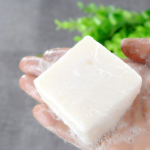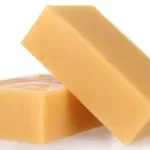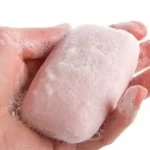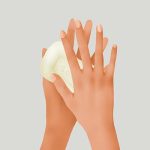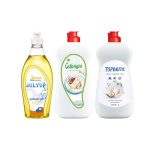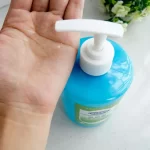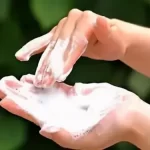Is soap self cleaning?

Can soap kill bacteria, or can it only be used to clean oil or something? Is there any difference between washing hands with soap and water? Can soap clean itself? So if the soap doesn’t clean itself, won’t hand washing with soap make it dirtier, and the dirty things will be cross-infected?
The principle of soap is related to people’s autoimmunity. Human skin is originally a protective film, and there is a layer of oil on the skin. When the dirt gets on the skin, it will adhere to the oil and will not enter the body – but if you want to eat, there is no guarantee. Soap is magical in this place. The molecular structure of soap ingredients, part of which is soluble in water, is called the “hydrophilic group”; the other part that is insoluble in water but soluble in oil, is called the “lipophilic group”. In this way, water and oil, which are otherwise incompatible, can be bound together. When you wash with soap and water, the grease on your hands is washed away along with the dirt on them.
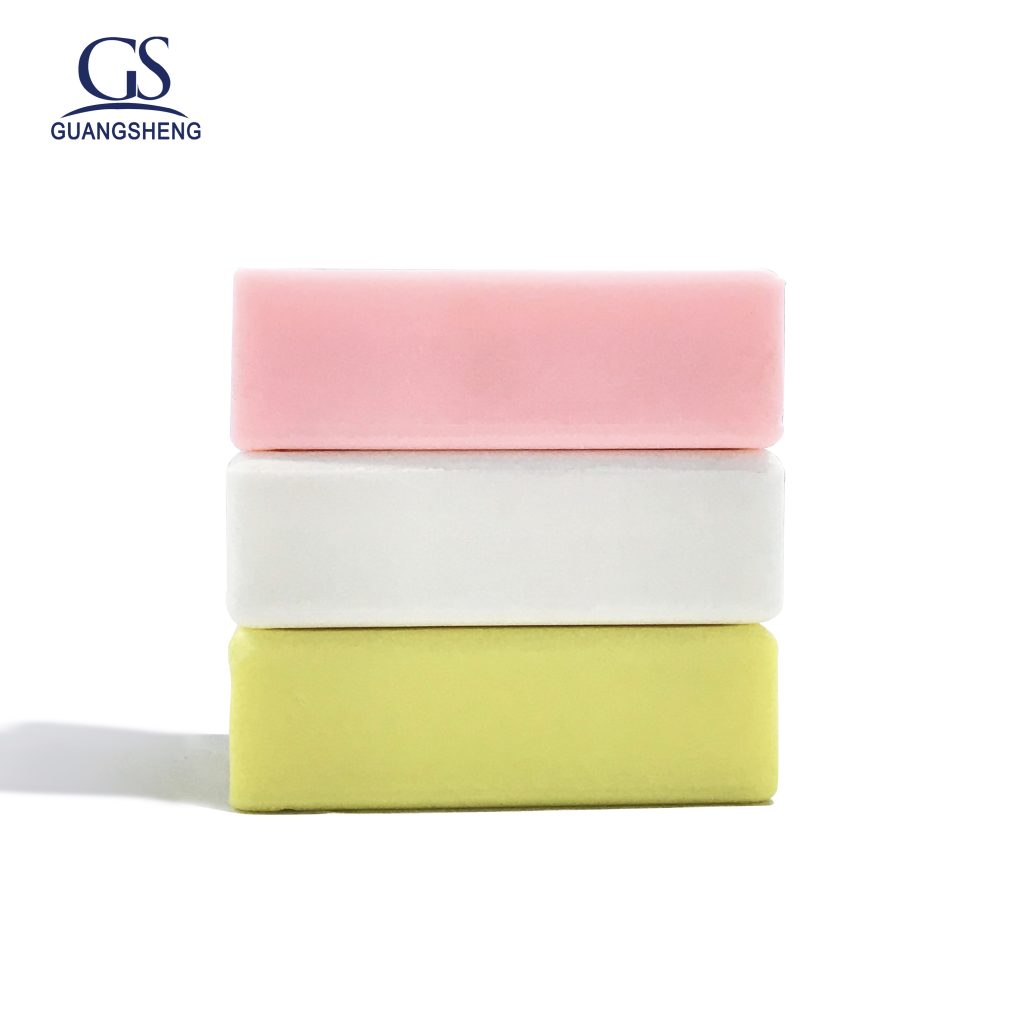
best bath soap for daily use
Animal fatty acids, sodium hydroxide, synthetic colors, synthetic fragrances, preservatives, antioxidants, foaming agents, hardeners, thickeners, and synthetic surfactants. Bath Soap is a widely accepted personal cleaning product, with strong cleaning ability and low price, and has become a necessity in people’s life.
So, soap does get dirty. That’s how soap keeps your hands clean: it locks in oil and dirt more strongly than your skin. Of course, when you’re using soap, you’re also washing away all those loose, filthy soap molecules. It’s worth mentioning, however, that soap bars on bathroom cabinets or liquid soap in bottles can also become infected with microorganisms.
That said, this doesn’t seem to be a big deal. In the few studies on the subject, subjects were washed with soap bars filled with E. coli and other bacteria. The results showed that no studies found evidence of any transfer of bacteria from the soap to the subjects’ hands.
But then again, dirty soap can’t clean itself. Contaminated soap bars are cleaned by the same mechanical action only when you scrub your hands with soap. The friction of hand rubbing the soap and the flushing action of running water can remove any harmful microorganisms from your hands and soap and flush them down the drain.
Copyright 2020, Hebei Guansheng Technology Co.Ltd All Rights Reserved
 Hebei Guangsheng Technology Co.Ltd
Hebei Guangsheng Technology Co.Ltd
 Hebei Guangsheng Technology Co.Ltd
Hebei Guangsheng Technology Co.Ltd